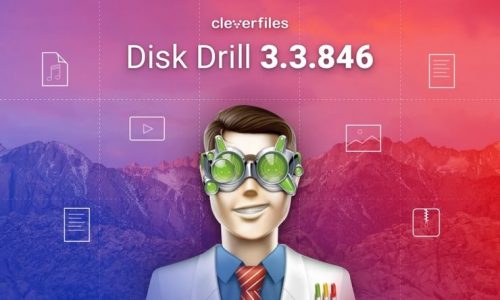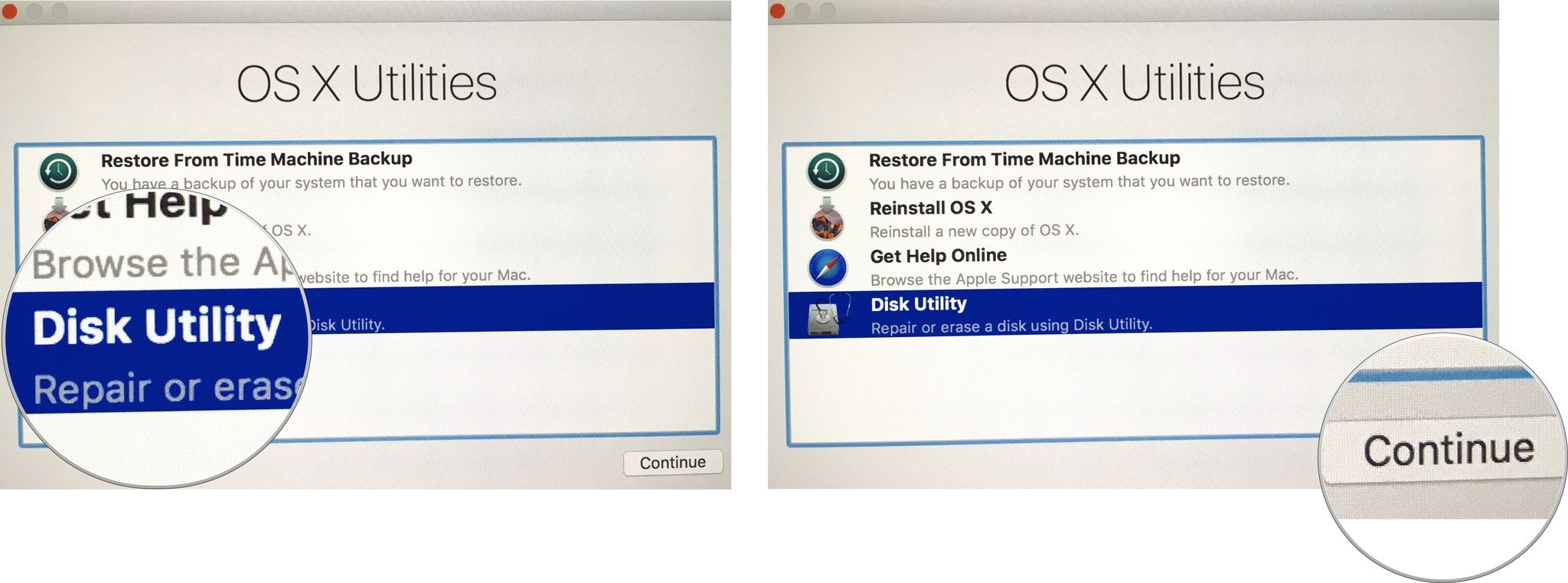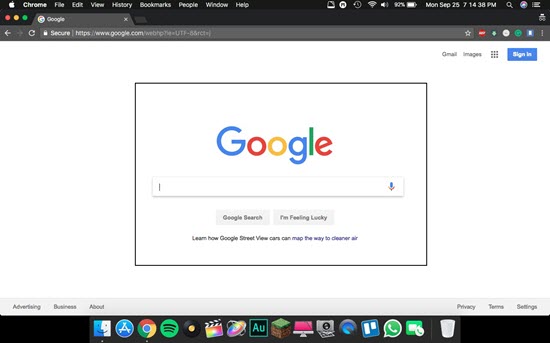- Create High Sierra Recovery Disk
- Macos High Sierra Recovery Disk Assistant
- Create High Sierra Recovery Disk
When you start up a Mac while holding down Command-R on the keyboard, the Mac boots into macOS Recovery. In this mode, you can run Disk Utility, access the command-line Terminal app, and reinstall the operating system. But what do you do if you restart your Mac into Recovery mode and a language appears other than one you know?
This doesn’t seem to happen at random, but it can occur when you’ve purchased a computer from someone who installed the system using another language, which can remain in place in the Recovery partition, a separately organized part of your startup drive.
Fortunately, there are a few ways to resolve this.
MacOS High Sierra 10.13 can upgrade Sierra, El Capitan, Yosemite, Mavericks, Mountain Lion; Safari downloads the following older installers as a disk image named InstallOS.dmg or InstallMacOSX.dmg. Open the disk image, then open the.pkg installer inside the disk image. It installs an app named Install Version Name. Open that app from your. Install macOS High Sierra on a blank hard drive. A small pointer for any who have the same issue. I put in an entirely new 2TB WD sata drive and then preformed a fresh install of snow leopard onto it. Close disk utility; Do Install new Mac OS from USB; When it tries to setup, don't do anything. Just shut down and reboot again to recovery mode using Command + R keys just when u see the Mac apple. Start here if u did not install a fresh. Reboot mac and use Command + R key to enter recovery mode. Disable Daemon, Agent and Phone home.
- Choose the third menu from the left, which is labeled File when in English, and pick the first option, which is labeled Change Language in English. You should be able to select the language you want.
- Launch Terminal, which is in the fifth menu from the left, labeled Utilities in English. The apps have icons next to them, and Terminal is a little rectangle with a prompt in it. After Terminal launches, type
sudo languagesetupand press Return. You can then select the language to use. - If you have a Keyboard menu at the far right of the screen, you can select the one with a tiny U.S. flag to switch to English.
- If all else fails, you can reinstall macOS by restarting your Mac and then holding down Command-Option-R. This will re-download installation files and prompt you for a language choice, while also upgrading the Recovery partition. It won’t overwrite your hard drive, but installs in place the latest version of macOS that works on your computer.
This Mac 911 article is in response to a question submitted by Macworld reader Curtis.
Ask Mac 911
We’ve compiled a list of the questions we get asked most frequently along with answers and links to columns: read our super FAQ to see if your question is covered. If not, we’re always looking for new problems to solve! Email yours to mac911@macworld.com including screen captures as appropriate, and whether you want your full name used. Every question won’t be answered, we don’t reply to email, and we cannot provide direct troubleshooting advice.
To get the latest features and maintain the security, stability, compatibility, and performance of your Mac, it's important to keep your software up to date. Apple recommends that you always use the latest macOS that is compatible with your Mac.

Learn how to upgrade to macOS Big Sur, the latest version of macOS.
Check compatibility
If a macOS installer can't be used on your Mac, the installer will let you know. For example, it might say that it's too old to be opened on this version of macOS, or that your Mac doesn't have enough free storage space for the installation.
To confirm compatibility before downloading, check the minimum requirements for macOS Catalina, Mojave, High Sierra, Sierra, El Capitan, or Yosemite. You can also find compatibility information on the product-ID page for MacBook Pro, MacBook Air, MacBook, iMac, Mac mini, or Mac Pro.
Make a backup

Before installing, it’s a good idea to back up your Mac. Time Machine makes it simple, and other backup methods are also available. Learn how to back up your Mac.
Create High Sierra Recovery Disk
Download macOS
It takes time to download and install macOS, so make sure that you're plugged into AC power and have a reliable internet connection.
Safari uses these links to find the old installers in the App Store. After downloading from the App Store, the installer opens automatically.

- macOS Catalina 10.15 can upgrade Mojave, High Sierra, Sierra, El Capitan, Yosemite, Mavericks
- macOS Mojave 10.14 can upgrade High Sierra, Sierra, El Capitan, Yosemite, Mavericks, Mountain Lion
- macOS High Sierra 10.13 can upgrade Sierra, El Capitan, Yosemite, Mavericks, Mountain Lion
Safari downloads the following older installers as a disk image named InstallOS.dmg or InstallMacOSX.dmg. Open the disk image, then open the .pkg installer inside the disk image. It installs an app named Install [Version Name]. Open that app from your Applications folder to begin installing the operating system.
- macOS Sierra 10.12 can upgrade El Capitan, Yosemite, Mavericks, Mountain Lion, or Lion
- OS X El Capitan 10.11 can upgrade Yosemite, Mavericks, Mountain Lion, Lion, or Snow Leopard
- OS X Yosemite 10.10can upgrade Mavericks, Mountain Lion, Lion, or Snow Leopard

Install macOS
Follow the onscreen instructions in the installer. It might be easiest to begin installation in the evening so that it can complete overnight, if needed.
If the installer asks for permission to install a helper tool, enter the administrator name and password that you use to log in to your Mac, then click Add Helper.
Please allow installation to complete without putting your Mac to sleep or closing its lid. Your Mac might restart, show a progress bar, or show a blank screen several times as it installs macOS and related firmware updates.

Macos High Sierra Recovery Disk Assistant
Learn more
Create High Sierra Recovery Disk
You might also be able to use macOS Recovery to reinstall the macOS you're using now, upgrade to the latest compatible macOS, or install the macOS that came with your Mac.
